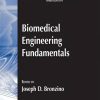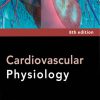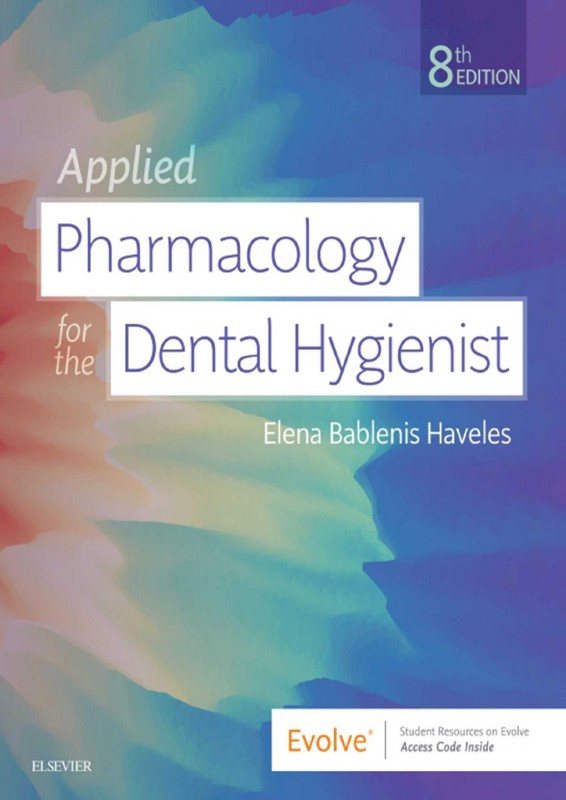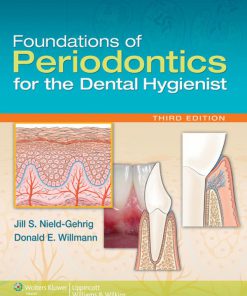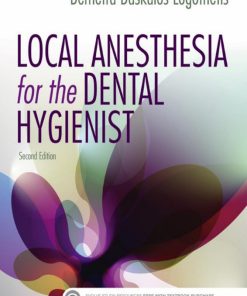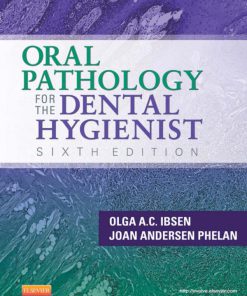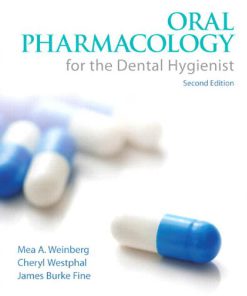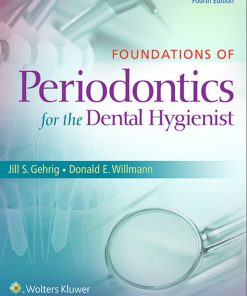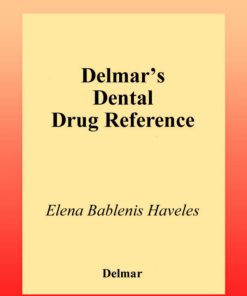Applied Pharmacology for the Dental Hygienist 8th edition by Elena Bablenis Haveles 9780323595094 032359509X
Original price was: $50.00.$25.00Current price is: $25.00.
Authors:Elena Bablenis Haveles , Series:Pharmacology [8] , Tags:Medical; Dentistry; General; Dental Hygiene , Author sort:Haveles, Elena Bablenis , Ids:9780323595094 , Languages:Languages:eng , Published:Published:Apr 2007 , Publisher:Mosby , Comments:Comments:With a focus on the most commonly used drugs in dentistry,Applied Pharmacology for the Dental Hygienist, 8th Edition**provides you with an in-depth understanding of the pharmacologic principles needed for safe and effective dental treatment and oral health care. It discusses drug properties and mechanisms of action, dosages, intended effects, interactions, and adverse reactions – both for the medications a patient may already be taking and for the drugs prescribed by the dentist. This new edition has been updated throughout to give you a firm foundation in pharmacology in order to assess and educate patients so they can maintain optimal oral health!IMPROVED! Test Bank with cognitive leveling based on Bloom’s Taxonomymapped to the National Board Dental Hygiene Examination (NBDHE) blueprint.Comprehensive coverage with a dental focusprovides you with an in-depth understanding of the most commonly used drugs, how they work, and how they affect patients’ oral health and dental treatment options.Multiple opportunities for classroom and board exam prepoffers summaries and review questions at the end of each chapter, helping you to assess your knowledge of the material.Key termsare bolded and in color within each chapter and defined in a handy glossary.Full-color designengages the reader and includes additional illustrationsshowing basic principles and internal processes, along with photographs of oral conditions and side effects.Separate drug indexprovides easy look-up of specific drugs and types of drugs.Quick-reference appendixesinclude resources such as the top 200 drugs, medical acronyms, and information on herbal and dietary supplements.NEW! Updated drug content throughout, including new side effects and warnings for many commonly seen drugs.NEW! Elsevier Animation Collection clips on Evolveincludes systemic anatomy and physiology.


